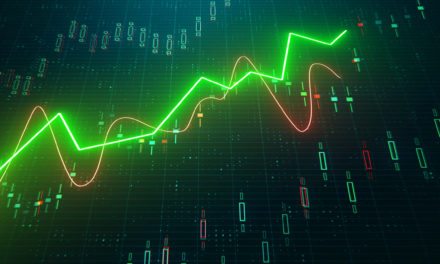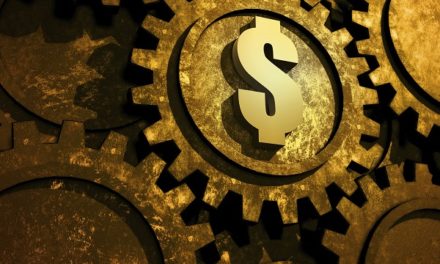
“Someone’s sitting in the shade today because someone planted a tree a long time ago.”
— Warren Buffett
A key lesson we can learn from Warren Buffett, is about how to think about a potential stock investment in the context of a long-term time horizon. Every investor in a stock has a choice: bite our fingernails over the short-term ups and downs that are inevitable with the stock market, or, zero in on stocks we are comfortable to simply buy and hold for the long haul — maybe even a twenty year holding period. Heck, investors can even choose to completely ignore the stock market’s short-run quotations and instead go into their initial investment planning to hold on for years and years regardless of the fluctuations in price that might occur next.
Today, we examine what would have happened over a twenty year holding period, had you decided back in 1999 to buy shares of Teleflex Incorporated (NYSE: TFX) and simply hold through to today.
| Start date: | 08/19/1999 |
|
|||
| End date: | 08/16/2019 | ||||
| Start price/share: | $49.31 | ||||
| End price/share: | $369.81 | ||||
| Starting shares: | 202.79 | ||||
| Ending shares: | 281.18 | ||||
| Dividends reinvested/share: | $23.13 | ||||
| Total return: | 939.83% | ||||
| Average annual return: | 12.42% | ||||
| Starting investment: | $10,000.00 | ||||
| Ending investment: | $104,027.99 | ||||
As we can see, the twenty year investment result worked out quite well, with an annualized rate of return of 12.42%. This would have turned a $10K investment made 20 years ago into $104,027.99 today (as of 08/16/2019). On a total return basis, that’s a result of 939.83% (something to think about: how might TFX shares perform over the next 20 years?). [These numbers were computed with the Dividend Channel DRIP Returns Calculator.]
Many investors out there refuse to own any stock that lacks a dividend; in the case of Teleflex Incorporated, investors have received $23.13/share in dividends these past 20 years examined in the exercise above. This means total return was driven not just by share price, but also by the dividends received (and what the investor did with those dividends). For this exercise, what we’ve done with the dividends is to assume they are reinvestted — i.e. used to purchase additional shares (the calculations use closing price on ex-date).
Based upon the most recent annualized dividend rate of 1.36/share, we calculate that TFX has a current yield of approximately 0.37%. Another interesting datapoint we can examine is ‘yield on cost’ — in other words, we can express the current annualized dividend of 1.36 against the original $49.31/share purchase price. This works out to a yield on cost of 0.75%.
One more investment quote to leave you with:
“If you have more than 120 or 130 I.Q. points, you can afford to give the rest away. You don’t need extraordinary intelligence to succeed as an investor.” — Warren Buffett




